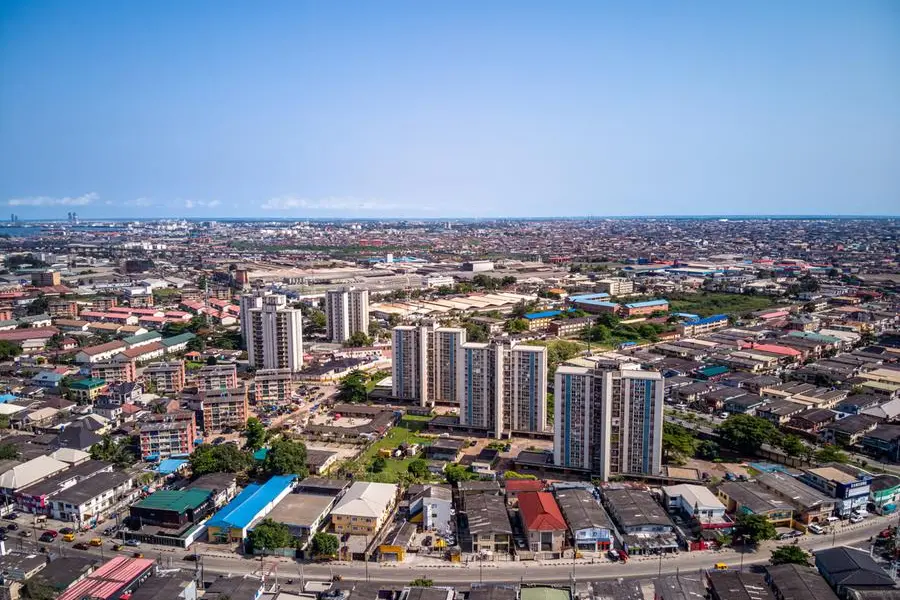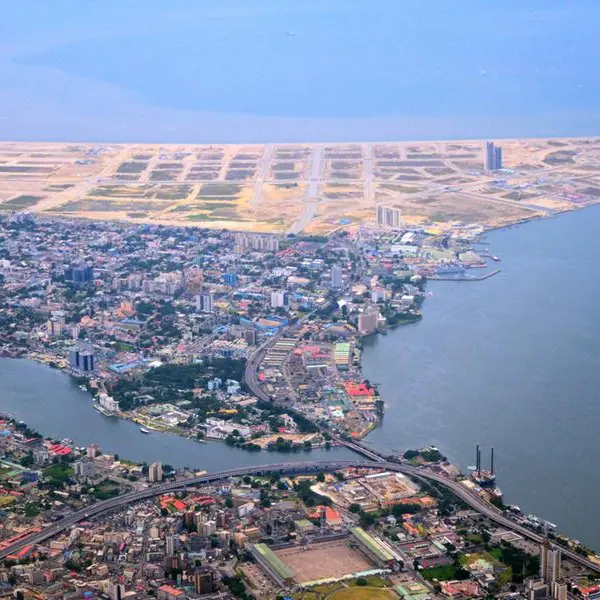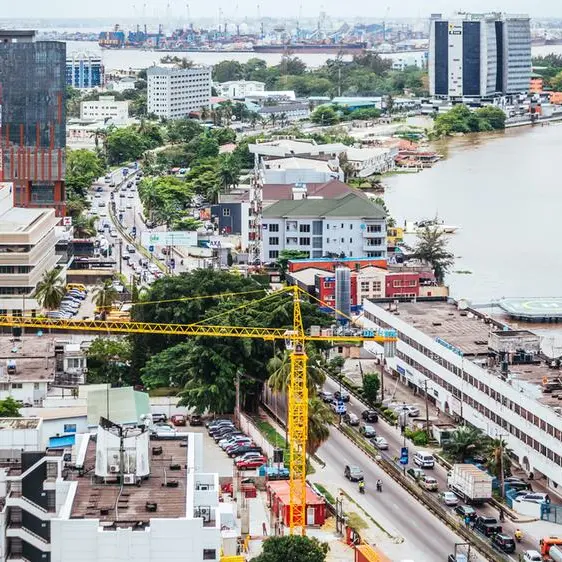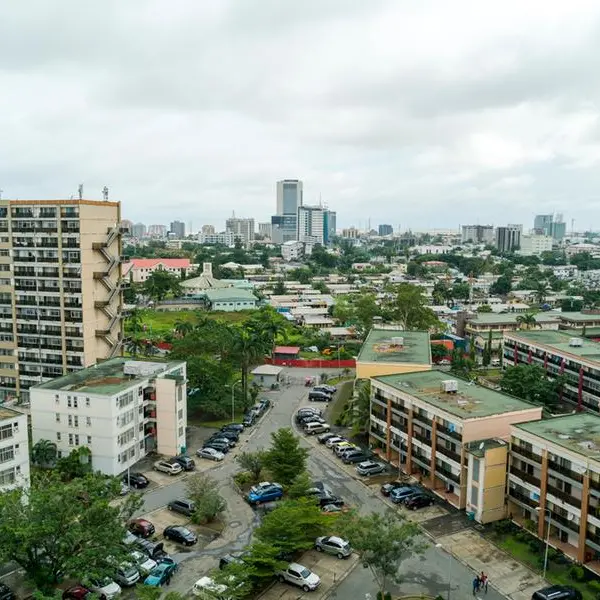PHOTO
THE business environment for the private sector in Nigeria improved slightly in May as the Purchasing Managers’ Index (PMI) rose to 52.1 points from 51.1 points in April, according to the Stanbic IBTC Bank Nigeria PMI.
This is the second-highest reading for the year, with the highest being in January when the PMI stood at 54.5 points.
According to the monthly report, inflationary pressures eased but remained marked, leading to sharper rises in output and new orders.
Related PostsLagos must think out of the boxLafarge Africa hosts inaugural suppliers’ summit on sustainable business, innovationsPrivate sector accepts FG N60,000 minimum wage — MAN DG
May data gathered from the responses of about 400 purchasing managers in private sector companies, indicated a pick-up in growth in the sector.
The rates of expansion, however, remained slower than the respective series averages as a result of high prices limiting demand.
Muyiwa Oni, the Head of Equity Research West Africa at Stanbic IBTC Bank, while speaking on the report, said, “The Stanbic IBTC headline PMI increased to 52.1 points in May from 51.1 in April – its highest level since reaching 54.5 points in January.
“This implies that Nigeria’s private sector activity maintained a better footing in May even as the rate of expansion remained slower than the series average as high prices continued to limit demand.
“Nonetheless, the purchase costs and selling prices increased at their slowest rates in a year, thereby, supporting a sharper increase in both output and new orders relative to April. The Nigerian economy grew moderately by 2.98 percent year-on-year in Q1:24 from 3.46 percent year-on-year in Q4:23.
“From a structural perspective, the services sector remains the growth engine of this economy, contributing 83.2 percent to the real GDP growth rate, with industries and agriculture contributing 15.5 percent and 1.3 percent, respectively, to real GDP growth.”
According to Oni, the interest rate sensitive sectors experienced a slowdown in growth, save for the manufacturing sector, whose growth improved modestly to 1.49 percent year-on-year from 1.38 percent in Q4:23, albeit still lagging the three-year average growth (2.40 percent year-on-year).
“The April and May headline PMIs point to a slight improvement in private sector activity in Q2:24, although still underwhelming compared to Q2:23. We expect domestic demand to remain weak relative to the historical average; exacerbated by inflationary pressures, which may likely peak in May.
“Besides, interest rates at unprecedented highs will continue to have a negative pass-through impact on the non-oil sector. However, because of an expected favourable base-effect induced oil sector’s growth, the overall in Q2:24 will be 3.51 percent year-on-year in real terms,” he added.
The report indicated that new orders increased in May, extending the trend of growth to six months, noting that in the month under review, business activity was also up and to the largest extent since January.
“Growth was recorded across all four monitored sectors, with the sharpest rise in manufacturing. Anecdotal evidence pointed to improving customer demand amid signs of inflationary pressures easing.
“Although purchase costs continued to increase rapidly in May, largely due to currency weakness, the rate of inflation eased to a one-year low. This was also the case with regards to selling prices,” the report stated.
In terms of employment, staffing levels remained unchanged, but employee expenses increased at a faster pace midway through the second quarter as employers made efforts to help existing workers with higher living costs.
Improved customer demand saw companies expand their purchasing activity in expectation of positive future workloads.
On a positive note, the report indicated that suppliers’ delivery times have continued to shorten since March 2023.
This was linked to a range of factors, including prompt payments and good arrangements with vendors in a competitive environment.
“Despite stronger expansions in output and new orders in May, business confidence waned and was the lowest since the survey nadir posted in February. More than 43 percent of respondents remained optimistic in the year-ahead outlook for output, however, linked to plans for investment and business expansions, including the opening of new branches,” the report concluded.
Copyright © 2022 Nigerian Tribune Provided by SyndiGate Media Inc. (Syndigate.info).





















